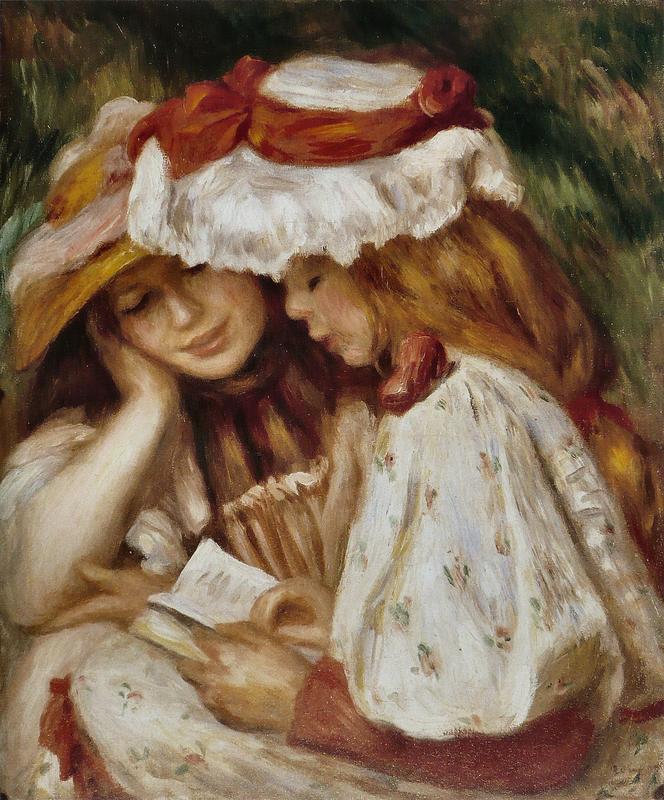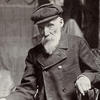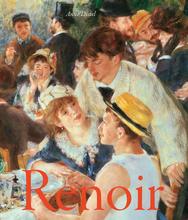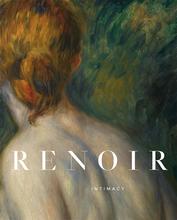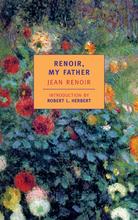More about Two Girls Reading
- All
- Info
- Shop

Contributor
Renoir is definitely better known for his impressionistic paintings.
As Renoir got on in years, his works strayed from authentic Impressionist style. He still painted outdoors, but he turned his attention away from capturing the light and landscapes of the French countryside to start incorporating intimate and idealized portraits of everyday people. Mostly women, Renoir loved to paint the ladies.
In the early days of his career, Renoir was at the forefront of the Impressionist movement, pairing up with the soon-to-be big names of the movement including Claude Monet, Frédéric Bazille, and Alfred Sisley. Even though Renoir was able to roll with the new in-crowd, he always had a deep admiration for the great masters of yester-year who stood for everything that the Impressionists rebelled against.
By the time the O.G. impressionists had lost their zeal for rebellion and gained notoriety (and some pocket change), Renoir allowed himself the creative freedom to merge Impressionism with the famous styles of the Louvre, which he’d studied since childhood. In doing so Renoir created a “new classicism” by bridging the traditional styles of old Northern Renaissance masters with Renoir’s direct way of capturing a visual experience.
This work in particular is eerily reminiscent of Jean-Honoré Fragonard’s The Reader. Both works feature young ladies exercising their newfound rights to education, though Fragonard’s subject is just a smidge older than the little girls in Renoir’s painting. Unlike Fragonard, though, Renoir’s depiction is more impressionistic in the way that he captures sunlight and the domesticity of everyday life.
To sum up, this painting basically is the bridge between Impressionism and New Classicism. The classical subject matter of the French master Fragonard, mixed with the fuzzy way that Renoir paints the background and captures the sunlight on the little girls all comes together to create a style that would go on to influence artists the 20th century.
Sources
- Mackey, Elizabeth, Rachel Bernstein, and Eunice Lee. Renoir After Impressionism. 2010. Educational article on Renoir's style., Los Angeles County Museum of Art, Los Angeles.
- "Pierre-Auguste Renoir | Two Girls Reading (1890-1891) | Artsy." Artsy - Discover, Research, and Collect the World's Best Art Online. Accessed May 22, 2017.
- "Pierre Auguste Renoir Biography." Pierre Auguste Renoir Biography. Accessed May 23, 2017. http://www.pierre-auguste-renoir.org/biography.html.

